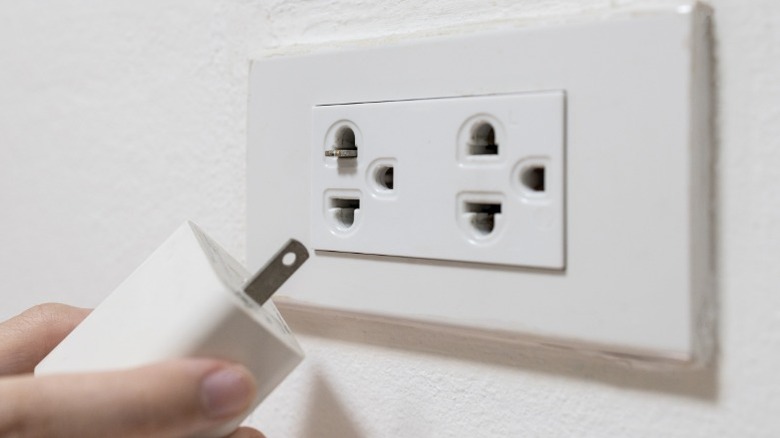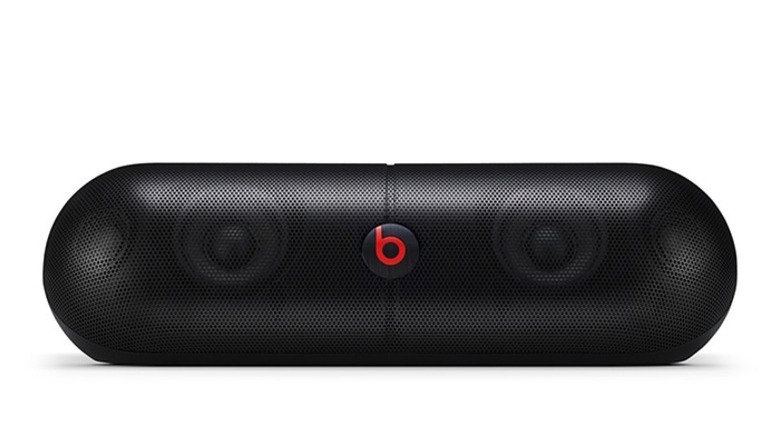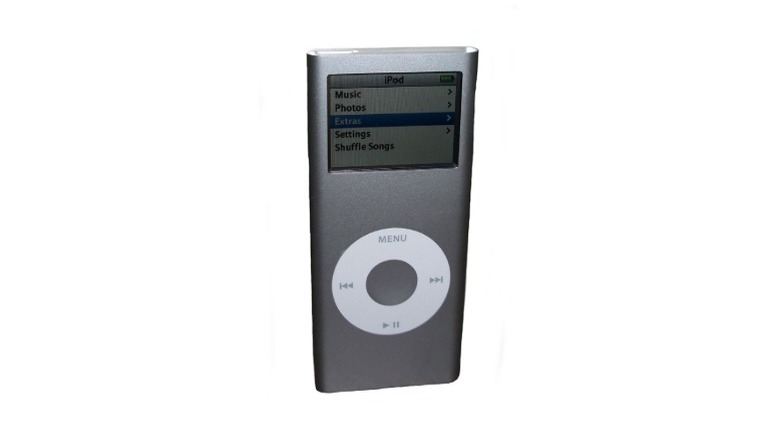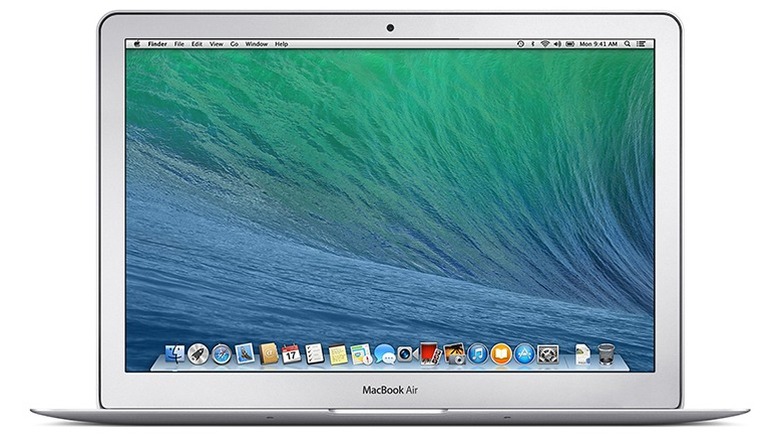The Biggest Apple Recalls In U.S. History
The manufacturing process often involves a degree of trial and error. Companies are pressured to roll out new products swiftly to stay ahead in competitive markets, and things don't always go as smoothly as planned. It's often only after these products reach customers that companies receive meaningful feedback on how well they perform. When these items don't meet safety standards or fall short in terms of performance, a recall becomes necessary.
Unfortunately, recalls are not becoming any less common. In 2023, product recalls went up by 11% in the U.S., the highest it has been in seven years. Even tech giant Apple, despite being known for its quality and high-performance products, has not been immune to this problem. Over the years, the company has recorded its own fair share of recalls and service repair programs. A range of its products, including the iPhones and Macbooks, have had to undergo some repairs or replacements at various points.
Despite these hiccups, Apple has, to a large extent, still retained its reputation for having some of the most reliable and long-lasting tech gadgets. However, some of these recalls have secured significant attention due to the scale of their impact, involving thousands of units and affecting large numbers of users. Here are the biggest Apple recalls in U.S. history.
Apple battery recall (2006)
The Sony-made batteries responsible for Dell's massive recall of 4.1 million laptops in 2006 were behind another major recall that same year. This time, the affected products were Apple's iBook G4 and the PowerBook G4 laptops.
The rechargeable lithium-ion batteries in these devices were discovered to be prone to overheating and could result in burns in some instances. Although no serious injuries occurred due to this defect, a couple of buyers reported minor burns, while a few others experienced damage to their property.
Apple responded to this issue by asking customers to stop using the affected devices immediately. They followed up by offering an exchange for the batteries. Users were to contact the company's support team to get a free replacement and, in the meantime, plug in their AC adapter to power the laptops.
Laptops sold between October 2003 and August 2006 were identified for this recall, and about 1.8 million units were affected, 1.1 million of which were from the US alone. Although this made up 32% of the total laptops shipped within that period, Apple maintained that the recall did not constitute a major financial loss for the company.
iPhone 3G power adapters (2008)
The iPhone 3G, launched in July 2008, was the second iPhone ever released. The successor to the iPhone 2G, it brought some improvements, supporting a wider range of third-party software and offering access to high-speed 3G networks. However, Apple discovered that the USB power adapter that came with this device was somewhat problematic.
Not long after the product was released, complaints arose that the metal prongs attached to the adapters had a tendency to break off while in the power outlet. In September 2008, Apple issued a recall, acknowledging that this defect posed a risk of electrical shocks.
The company offered a new ultracompact adapter to replace the defective ones, advising customers to stop using the old ones immediately. The new adapters had a green dot at the bottom to differentiate them from the defective models. In the meantime, users had to charge their phones by connecting them to their computers or using third-party adapters.
This recall wasn't limited to the U.S., as countries like Mexico, Canada, Japan, and others in South and Central America were included. Although a specific number wasn't stated, it was estimated that millions of users were affected.
Beats Pill XL speaker recall (2015)
Beats by Dre began producing Beats Pill XL in 2013, a year before Apple purchased the audio product company. However, the speaker was only in production for about two years before Apple recalled it and pulled it off the market.
The Beats Pill XL was an improvement from the original Pill speaker, a more compact gadget but with a price tag that didn't match its quality. With the Pill XL, a lot of features were better, including the battery life and overall battery quality. However, this device ultimately failed in this category, as the battery was susceptible to overheating and potentially causing a fire.
Apple issued a voluntary recall in June 2015 to curb this safety hazard, and 231,000 units were affected altogether, with about 220,000 in the U.S. and 11,000 in Canada. Apple didn't offer a replacement in this case. Instead, the company issued refunds, asking buyers to return the product and reach out for an electronic payment or store credit. This event effectively led to the end of Beats Pill XL speaker production.
iPod Nano first gen recall (2011)
The iPod Nano replaced the iPod Mini in 2005. It was a spectacular device, much slimmer than its predecessor, combining features of the iPod Shuffle and the regular iPod. However, in November 2011, Apple recalled this gadget in the U.S. following reports of an overheating problem.
The company traced this issue to the batteries in the iPod, stating that a manufacturing defect resulted in a safety risk for these devices. Although the recall program was initiated several years after the product was released, Apple noted that this overheating problem would likely worsen as the battery got older. Avoiding the hazard that could arise as a result was necessary.
Gadgets sold between December 2005 and September 2006 were those included in the recall. The company offered buyers free replacements after advising them to stop using the product. The replacement program, which was carried out using refurbished models, came with a 90-day warranty.
Although Apple anticipated thousands of returns, the recall program was much more than expected, with more than a million units involved.
MacBook Air Recall (2013)
The popular MacBook Air has also earned a spot on this list. A recall was issued in 2013, affecting models produced between June 2012 and June 2013. It was unclear exactly how many units were affected, but the recall was issued worldwide and covered products sold within and outside the U.S.
The defect, according to Apple, concerned the MacBook's drive, specifically in the 64 and 128-gigabyte configurations. The company acknowledged that a defect with this component could lead to data loss on the device. As a result, it dropped a software update known as the "Macbook Air Flash Storage Firmware Update 1.1".
This firmware, available on the Mac App Store, was designed to test the SSDs in affected devices. If a device was flagged as impacted, the software attempted to install new firmware to resolve the issue. While this solution worked for many users, some drives couldn't be updated through software alone. In those cases, Apple offered free replacements for the faulty drives.
Although there were several complaints on multiple forums concerning this defect, the company failed to disclose how many units were affected.
iPhone 7 no service recall (2018)
The year 2016 marked the release of Apple's iPhone 7, the company's then-latest cutting-edge flagship device. Packed with more power and speed than its predecessors, it was a great addition to Apple's iPhone line-up. However, in 2018, the iPhone 7 became the focus of a recall due to a frustrating issue. Some devices displayed a persistent "No Service" error in the status bar, even when there was an obvious cellular signal.
The recall was specific to models sold in five regions: the US, China, Hong Kong, Macao, and Japan. Apple noted that the display error was due to a defect with the logic board. Not all iPhone 7 models were affected, as only specific models produced between September 2016 and February 2018 were involved in the recall. However, the company did not disclose the exact number of affected units.
To address the problem, Apple offered free repairs for eligible devices. Customers who had already paid for similar repairs could request reimbursement instead. Getting the issue resolved was as simple as contacting an Apple retail store, reaching out to Apple Support, or visiting an authorized service provider.
iPhone 8 recall (2018)
About six months after the iPhone 7 was recalled for its "no service" issue, the iPhone 8 joined the company's list of products subjected to recalls. Apple announced in August 2018 that some of the models of this smartphone had some defects, including in their logic boards. Luckily, the issue didn't extend to the 8 Plus.
This logic board defect was unlike that of the iPhone 7. In this case, affected devices were prone to freezing or restarting suddenly. In some cases, they failed to come on. The company's response was to issue a free repair program for customers, which even covered devices that hadn't yet exhibited the issue, recognizing their potential to develop it.
The recall covered the US, India, China, Australia, New Zealand, and Japan, specifically devices sold from September 2017 to March 2018. Not all models within this period were affected, though, so customers had to confirm on a website using their serial number to know if they required a replacement. There was a caveat to getting this service. If the device had unrelated damage, like a cracked screen, it needed to be fixed first, at the customer's expense, before Apple would address the logic board defect.
15-inch MacBook Pro battery recall (2019)
Before Apple discontinued the 15-inch Macbook Pro and replaced it with the 16-inch in 2019, it was one of the best and biggest Macbook models offered. The excellent display and impressive performance made it an ideal option for professionals and creatives who needed that extra working space.
However, months before the 16-inch Macbook Pro was unveiled in June 2019, Apple announced a recall for a number of 15-inch Macbook Pros, particularly those released between September 2015 and February 2017. The company acknowledged that batteries in these laptops were prone to overheating and, in some cases, catching fire.
At the time of the recall, Apple had received about 26 reports of overheating and 17 property damage cases. There were also a few instances where users suffered burns. Although only a limited number of models were affected, the number of Macbooks amounted to about 432,000 units in the U.S. alone. The company offered free repairs to those affected.








